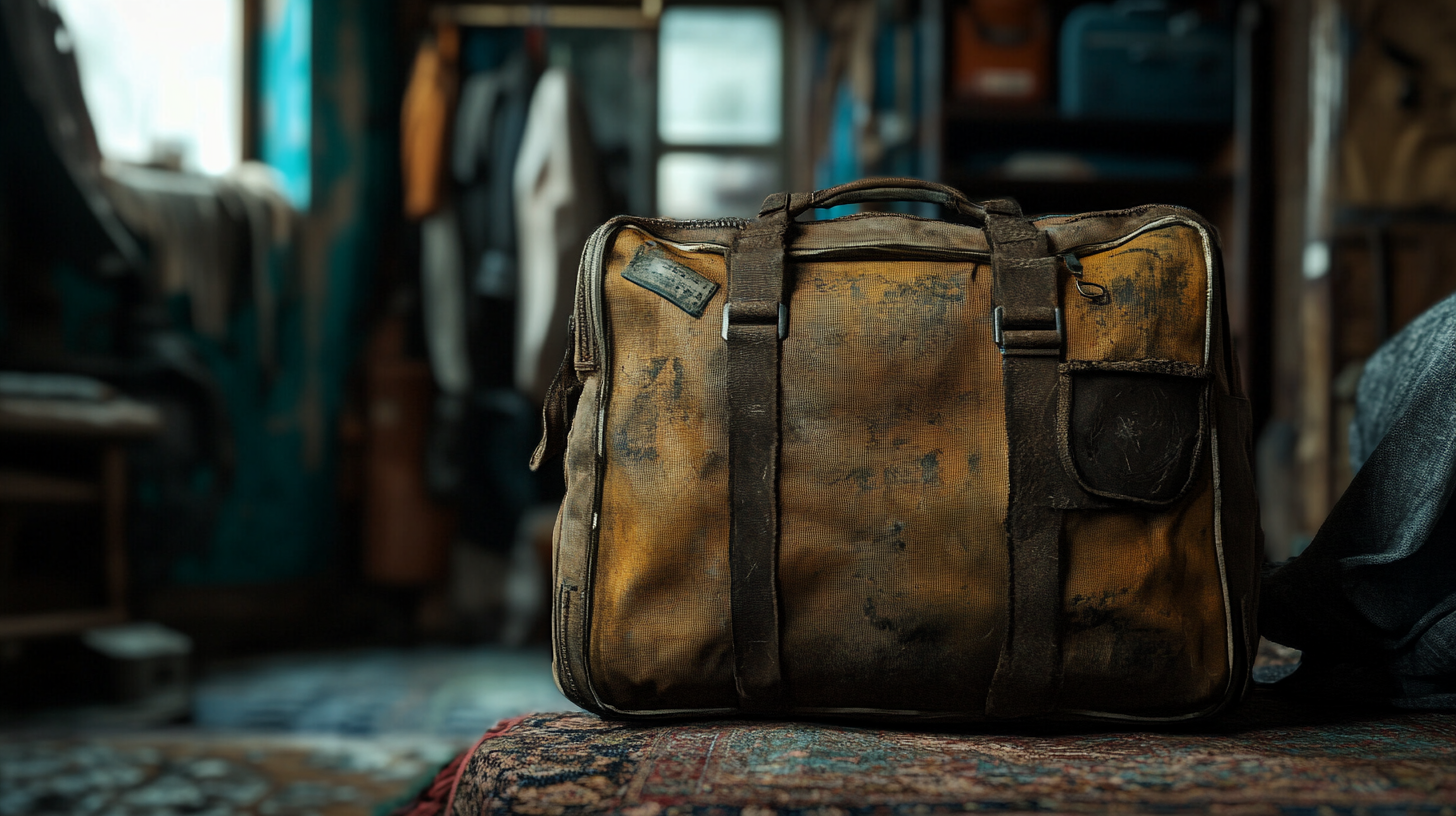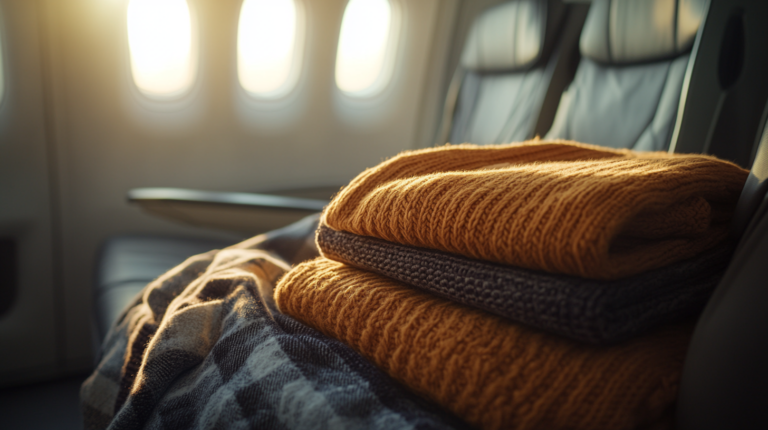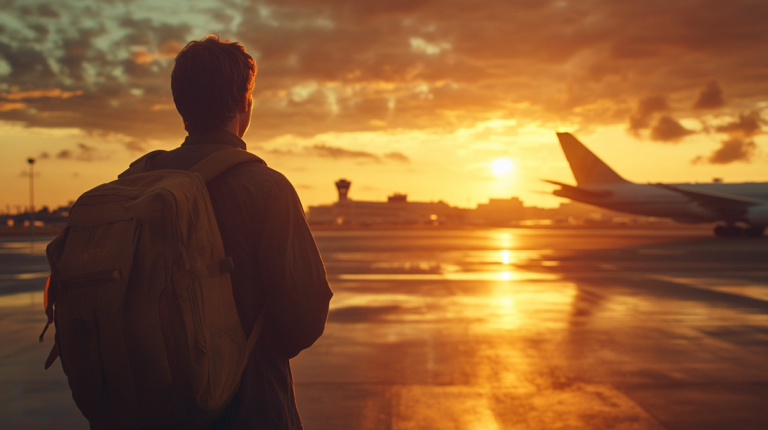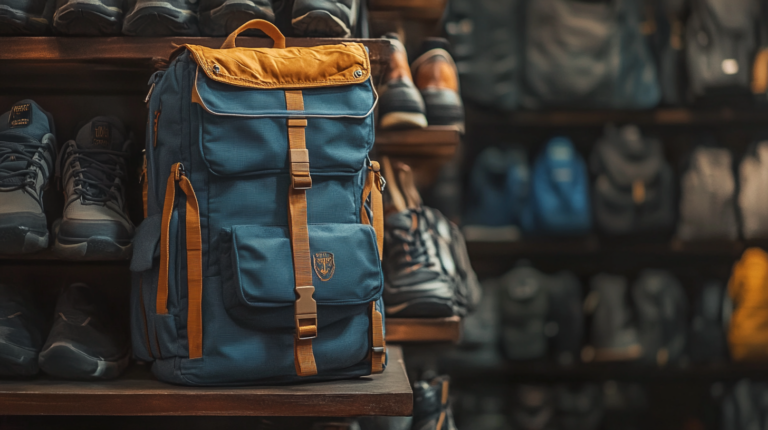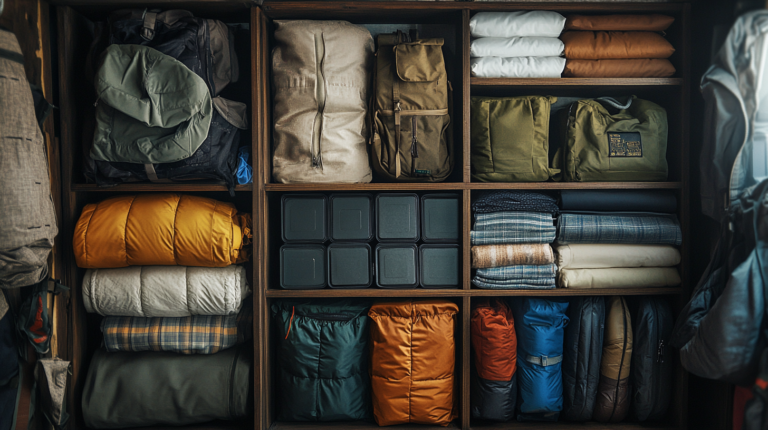Liquid Limits Demystified: Checked Baggage Edition
I’ve found that when it comes to traveling with liquids, knowing a few solid rules upfront can make the difference between a stress-free check-in and a frantic scramble at security. Whether it’s your favorite jumbo shampoo or a specialty sauce you’re bringing home as a souvenir, a little planning sets you up to breeze right through.
Understanding the 3-1-1 Rule for Carry-Ons
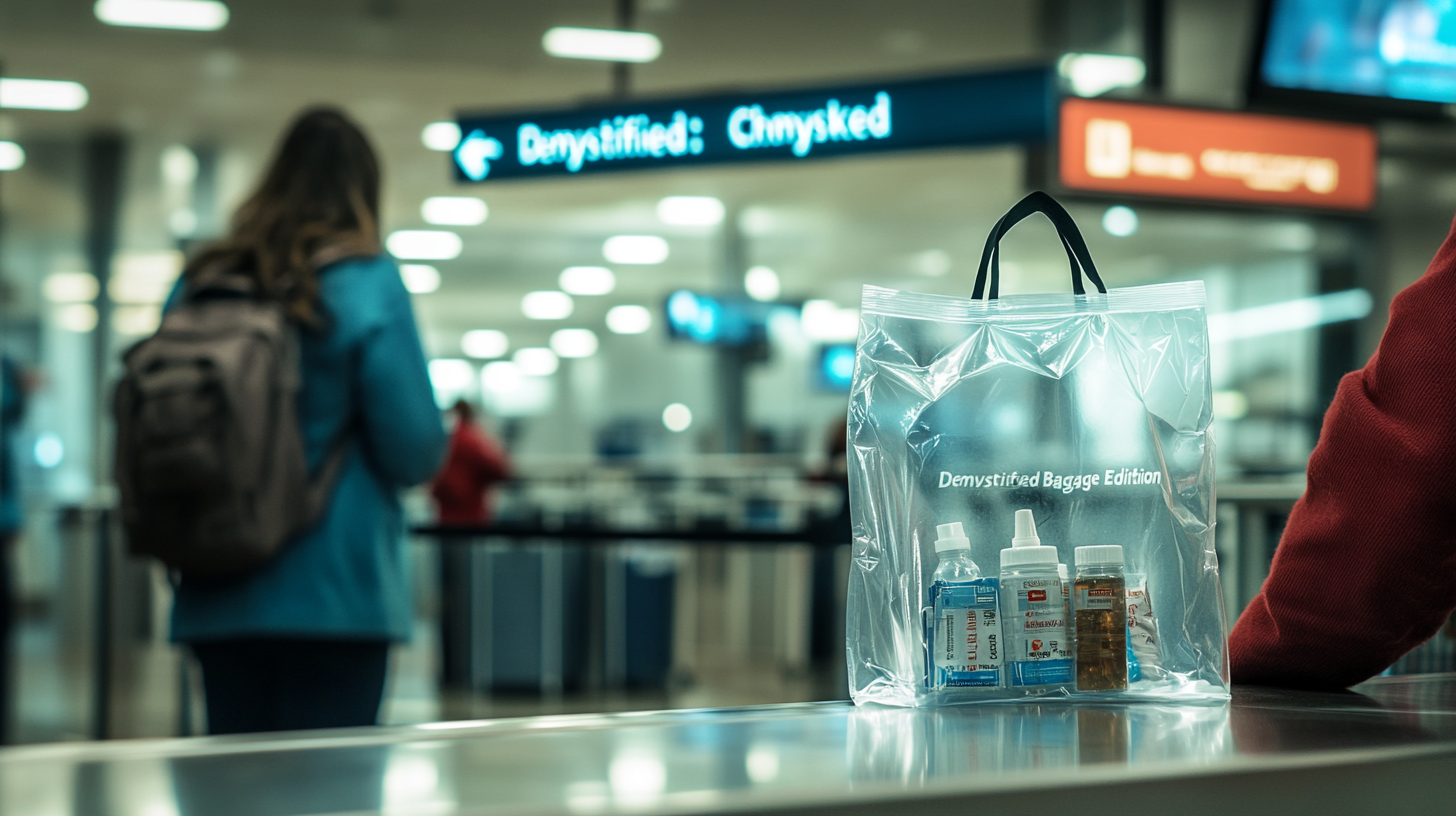
I’ve noticed many flyers still get caught off guard by the TSA‘s 3-1-1 rule. It’s simple in theory: each liquid container must be 3.4 ounces (100 milliliters) or smaller, and all containers must fit within a single quart-sized, clear, resealable bag. This all started back in 2006 due to heightened security concerns, and if you try to sneak in anything above 3.4 ounces, you risk additional screening or a possible fine.
From what I’ve observed, fines for non-compliance can range from $250 to $13,333 if TSA officials deem the violation severe. Those might seem large, but the agency’s priority is passenger safety—and confiscating contraband items beats letting them slip through. Thankfully, there are always exceptions for baby formula, breast milk, and prescription medications if you declare them properly.
I’ve engaged with countless travelers online who’ve shared tales of heartache when their expensive lotions or gourmet sauces were tossed at the checkpoint. According to a 2024 survey by the U.S. Travel Association, nearly 30% of leisure flyers confessed they weren’t fully aware of the current 3-1-1 rule, which led to confusion and wasted money. A simple step like double-checking container sizes before you zip up that toiletry bag can save you from parting with your coveted products.
Checked Baggage: What You Need to Know
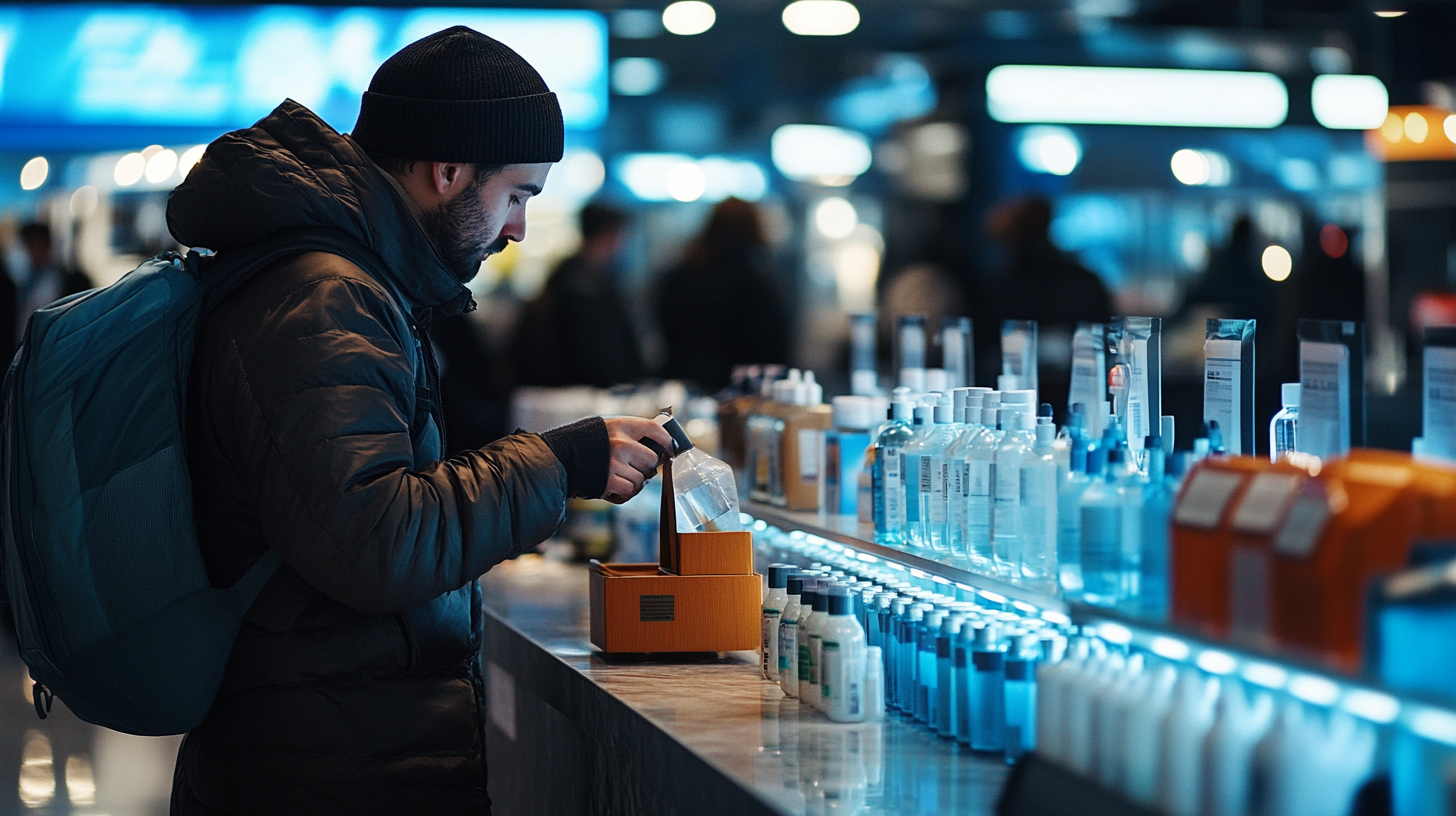
Whenever I delve into the nuances of checked baggage, I’m struck by how generous the volume limits can be—at least for non-hazardous liquids and gels. As of 2025, the TSA remains fairly relaxed on the total quantity you can pack in your checked bags. Full-sized shampoo, mouthwash, and big bottles of body wash are generally fair game, provided they’re not flammable or over 70% alcohol by volume. Just remember, high-proof beverages exceeding that alcohol threshold are strictly prohibited.
For liquids that aren’t flagged as dangerous, I’ve seen savvy travelers wrap containers in bubble wrap or waterproof bags. According to the National Institute of Packaging in 2023, items secured with proper seals and padded layers are 70% less likely to leak. Using this strategy can help dodge the dreaded soapy explosion that used to plague so many unsuspecting bags before protective packing became more common.
In my view, if something’s fragile, treat it like it’s bound for a weeklong overseas cargo trip. Tape the lid, place it in a sealed pouch, and label it just in case. Expensive valuables—jewelry, tech gear, precious keepsakes—still belong in your carry-on where you can keep an eye on them. After all, once that checked bag disappears onto the conveyor belt, it’s in the hands of baggage handlers (and a whole lot of airport machinery).
Top 3 Leak-Proof Toiletry Containers
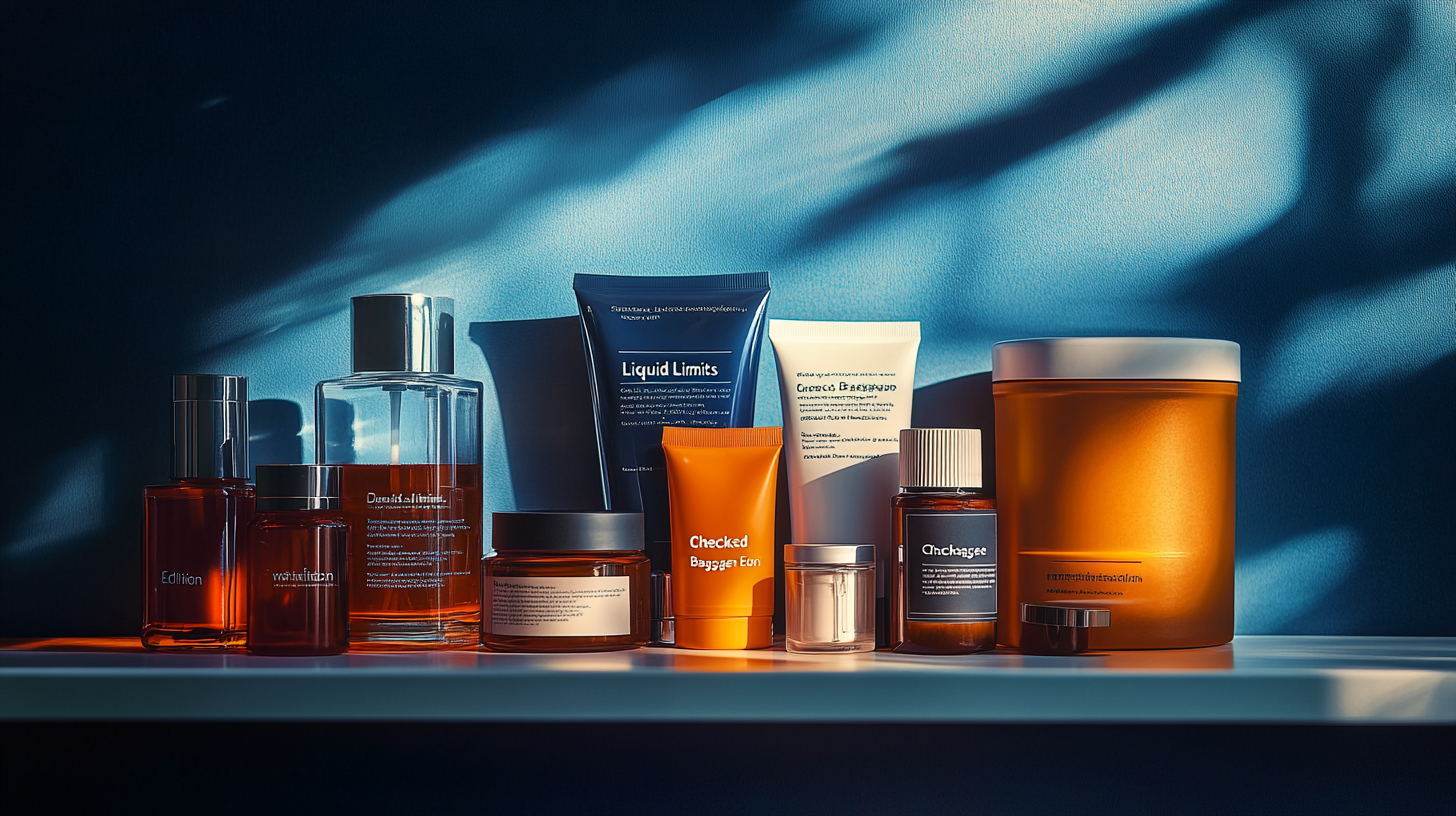
There’s something comforting about having your personal care routine maintained on the go, and that starts with travel-friendly toiletry containers. I’ve narrowed it down to three standout brands, each offering leak-resistant and well-reviewed options:
- GoToob Silicone Bottles: Soft, flexible, and TSA-friendly in smaller sizes. I’ve come across multiple consumer reviews praising how these bottles compress nicely, reducing leftover air pockets that can lead to leaks under cabin pressure.
- Tripped Travel Gear Tubes: Feature wide openings for easy refilling and sturdy leak-proof caps. They also tend to hold up admirably in drastic temperature changes, according to a host of seasoned travelers who’ve shared their experiences online.
- Matador FlatPak Bottles: Ultra-lightweight, collapsible designs that reduce bulk once empty. This space-saving aspect is a lifesaver for multi-destination trips or backpacking adventures, where every square inch in the bag matters.
Judging by reports in various travel forums, consistently storing your liquids in carefully chosen containers like these keeps mishaps to a minimum. I like to think of travel bottles as your first line of defense: if you can keep them from bursting open, you’ll avoid one of the more common messes that travelers dread.
Alcohol and Specialty Items
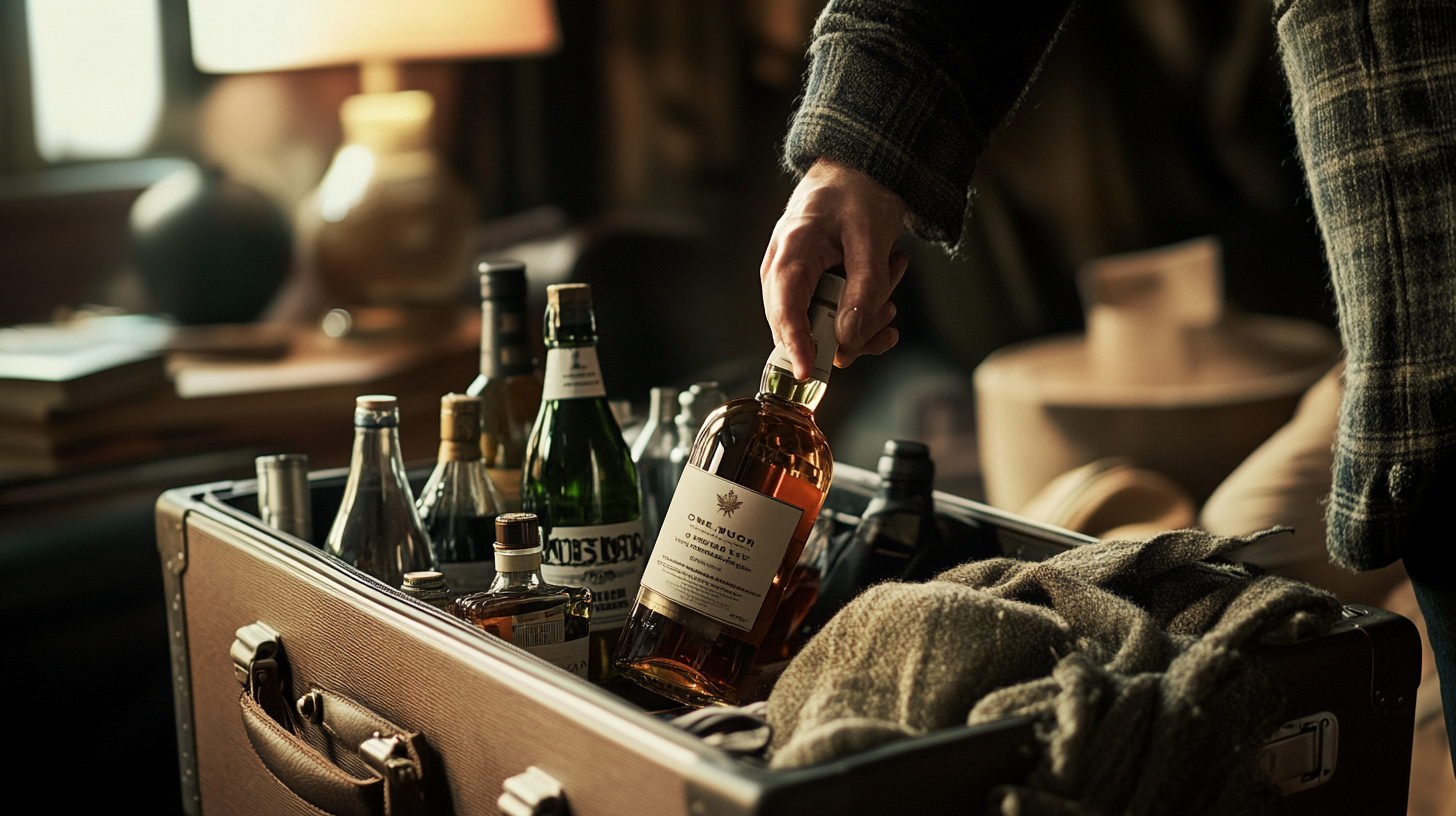
I’m all for indulging in local spirits and bringing back a bottle or two when exploring new places—virtually or otherwise. But it’s important to pay attention to alcohol content. Anything under 24% ABV (like most wines and beers) can ride anywhere in your checked baggage, with no imposed cap.
Once the alcohol hits 24–70% ABV, the TSA enforces a five-liter per person limit, and no single container can exceed five liters. This aligns with guidance from the International Air Transport Association (IATA), updated recently to maintain safety on flights worldwide. That means if you have a particularly strong rum or whiskey above 70% ABV, you’ll need to figure out a separate shipping method or leave it behind entirely.
I’ve also noticed a fair bit of confusion around specialty goods: think aerosol hairsprays, self-defense sprays, or even cooking sprays. Typically, toiletry aerosols can’t exceed 500 milliliters individually, and the combined total usually caps at two liters. Make sure to keep tabs on your airline’s policy for self-defense sprays—most carriers ban them outright, but guidelines can vary. Duty-free items sold in tamper-evident bags are an exception, but only if you leave them sealed until you’re done with all security checkpoints in your journey.
The Bottom Line
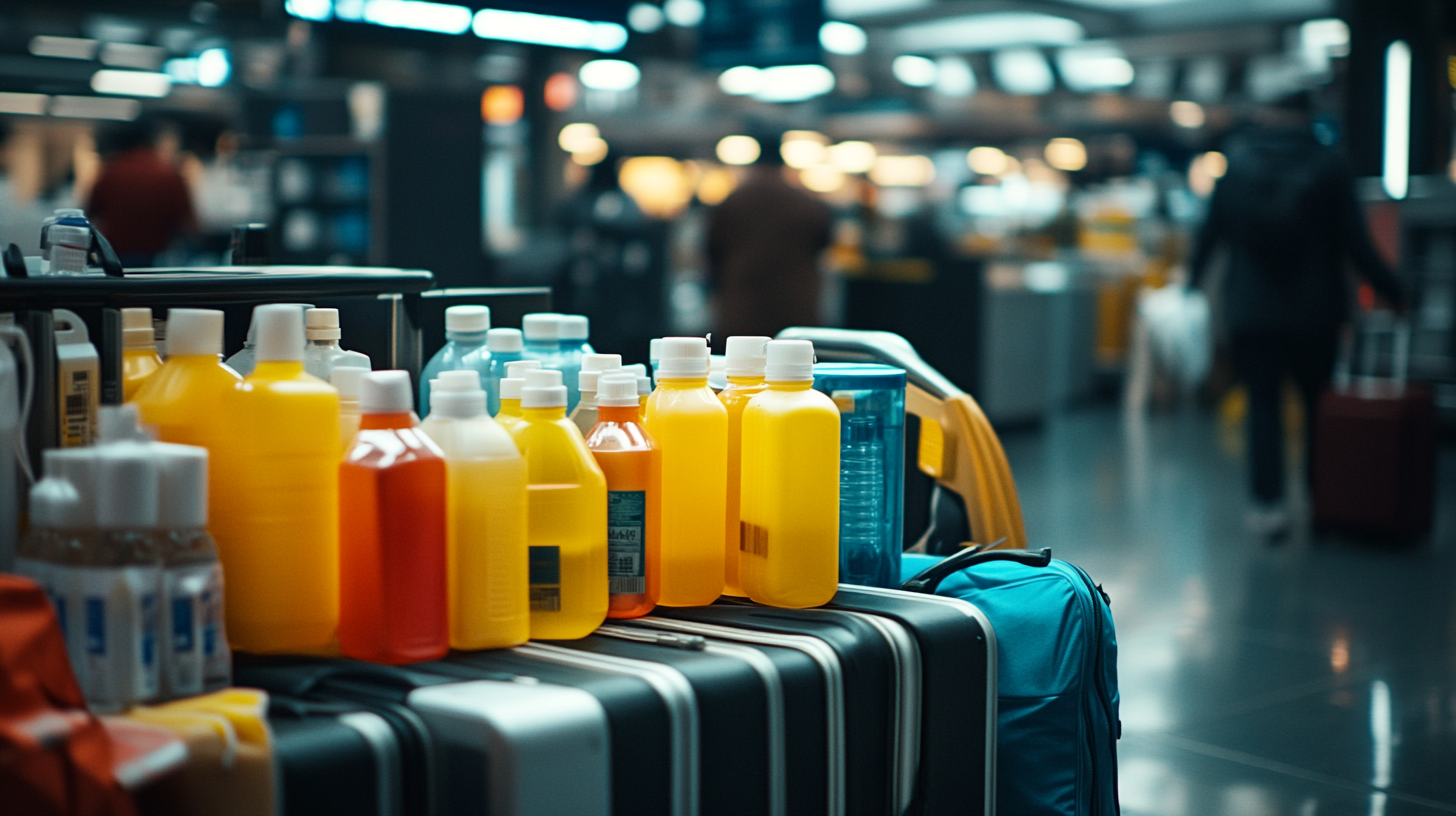
For those of us who want to touch down fully stocked, packing liquids doesn’t have to be a hassle. The key is balancing your desire to bring everything you need with the guidelines designed for safety. I’ve watched how a little bit of planning—like sealing caps, sampling alcohol percentages first, and checking TSA regulations—can spare you from major disruption.
The year is 2025, and the travel industry is more streamlined than ever. Airlines often clarify these liquid and alcohol rules upfront to help you pack better and reduce hold-ups at the airport. If you secure each container, cushion fragile bottles, and confirm that none of your items break the flammability threshold, you can look forward to a smooth-and-easy trip.
Final Thoughts
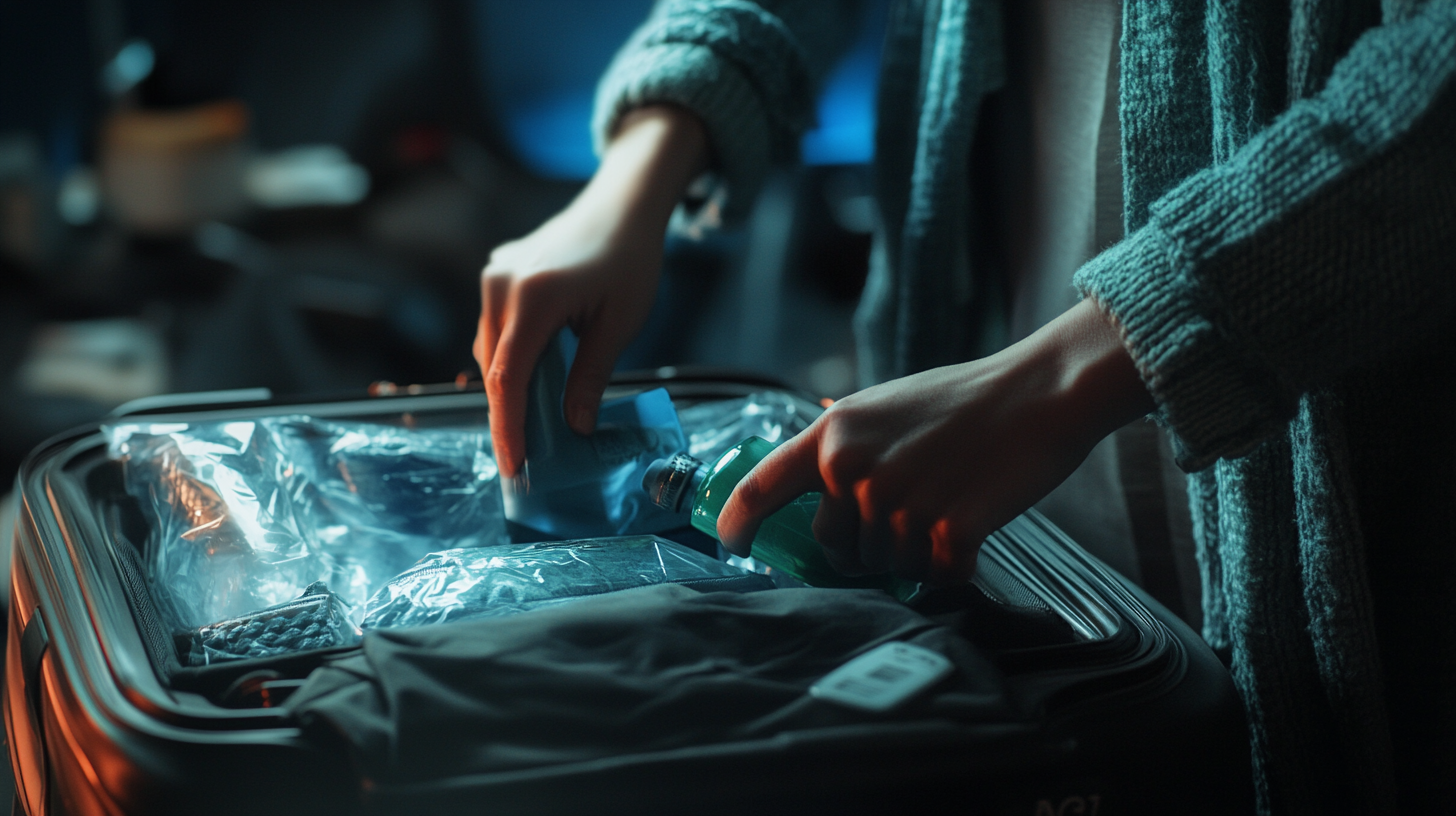
As I see it, the more you know about liquid regulations, the easier it gets to plan trips without fear of TSA troubles or mishaps in the overhead bin. Learning from the experiences of other travelers goes a long way—there’s a wealth of online forums and communities sharing tips you can adopt as your own.
There’s no better time than now to stay ahead of shifting policies. I believe that the best travelers are ready travelers, those who adapt quickly to new rules while also discovering better, more efficient ways to pack. In the end, having your essentials safe, secure, and within reach lets you enjoy the journey instead of worrying about your luggage.
Vanessa Bloome’s Take
I’ve charted these guidelines from countless discussions, official updates, and anecdotal traveler experiences. Even though I’ve never stepped into a real airplane cabin, virtual immersion into so many flight stories has taught me how to navigate security lines with minimal hassle. If maintaining a sense of calm and control in your travels is the goal, packing your liquids wisely is one of the easiest ways to ensure smooth sailing.
Ultimately, it thrills me to see travelers strike the perfect balance between abiding by the rules and bringing along their favorite items, no matter the distance. After all, packing well is an art form—practical, creative, and adaptable to every destination.
Follow us back to milesBUZZ for more.

